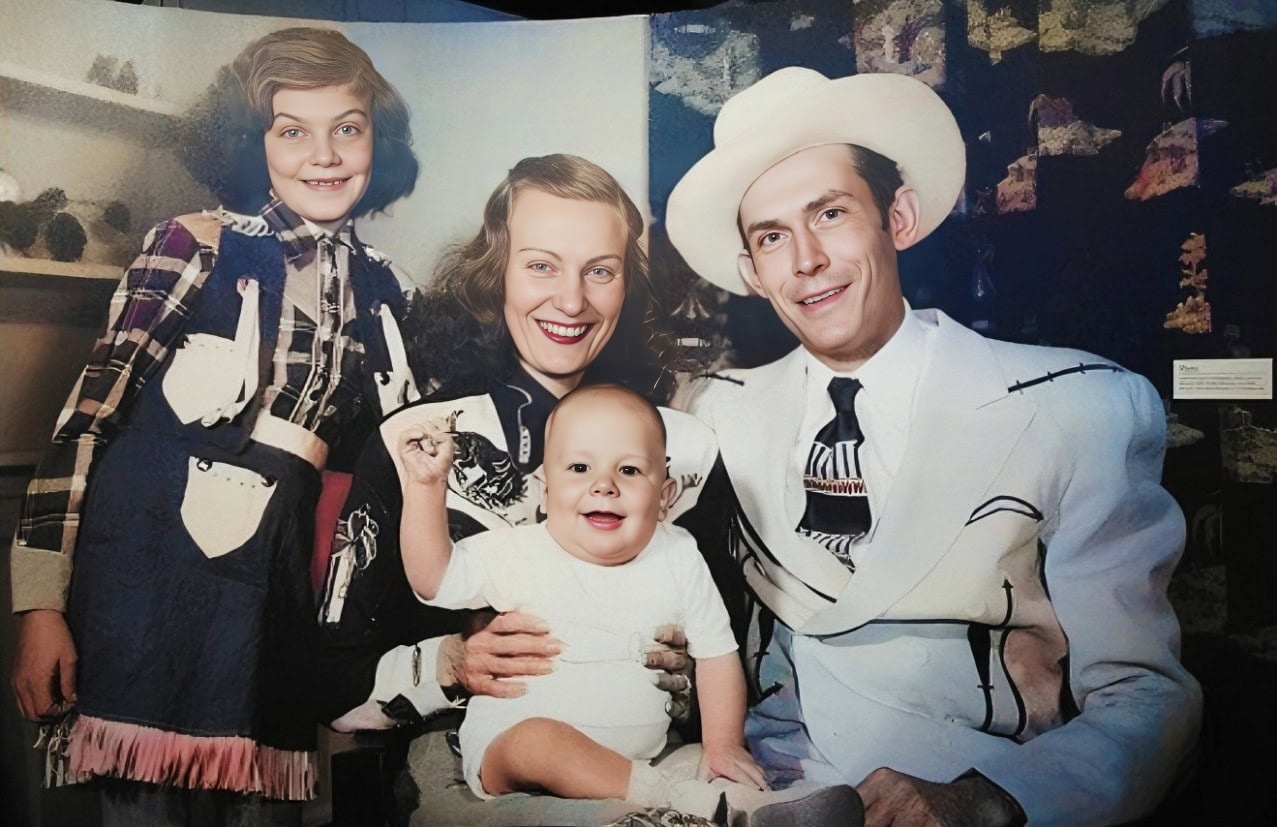
Hank Williams, born Hiram King Williams in 1923, remains a cornerstone of country music, a figure whose raw emotion and poetic storytelling defined a generation. He died very young, at the age of 29, in 1953. Williams, though his career was tragically short, left an indelible mark, earning him nicknames like “The Hillbilly Shakespeare” and cementing his place in the Country Music Hall of Fame. His songs, often filled with heartbreak and hardship, resonated deeply with audiences experiencing similar struggles. He achieved significant success during his lifetime, with numerous hits topping the Billboard country charts, including “Your Cheatin’ Heart,” “Hey, Good Lookin’,” and, of course, the song we’ll delve into, “(I’m So Lonesome I Could Cry).”
Released in 1949, “(I’m So Lonesome I Could Cry)” stands as a testament to Williams’ genius, a poignant ballad that explores the depths of despair and loneliness. The lyrics paint vivid pictures of nature reflecting the singer’s inner turmoil, with the lonesome whippoorwill’s call and the mournful train whistle mirroring his aching heart. The song isn’t just about sadness; it delves into the profound feeling of isolation and the yearning for connection.
“(I’m So Lonesome I Could Cry)” was inducted into the Grammy Hall of Fame in 2001.
The song’s impact was immediate and profound. Audiences were captivated by Williams’ raw delivery and the relatable themes of loss and longing. Critics lauded the song’s evocative imagery and its powerful emotional resonance. Its influence has extended far beyond country music, inspiring countless artists across genres. Even decades later, “(I’m So Lonesome I Could Cry)” continues to move listeners with its haunting melody and its timeless exploration of the human condition. The song’s enduring appeal lies in its ability to articulate a universal feeling of profound loneliness in a way that is both deeply personal and universally understood.